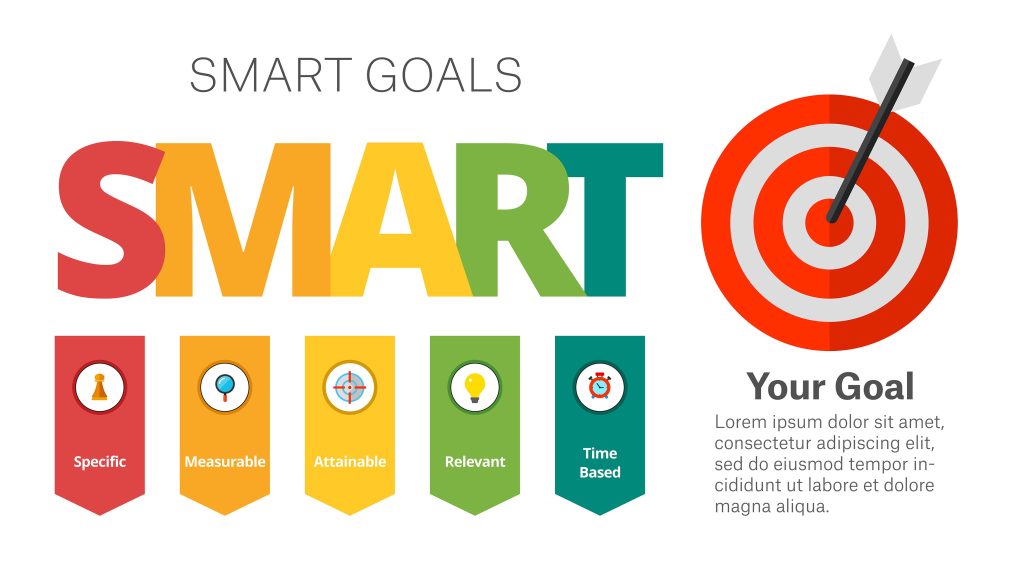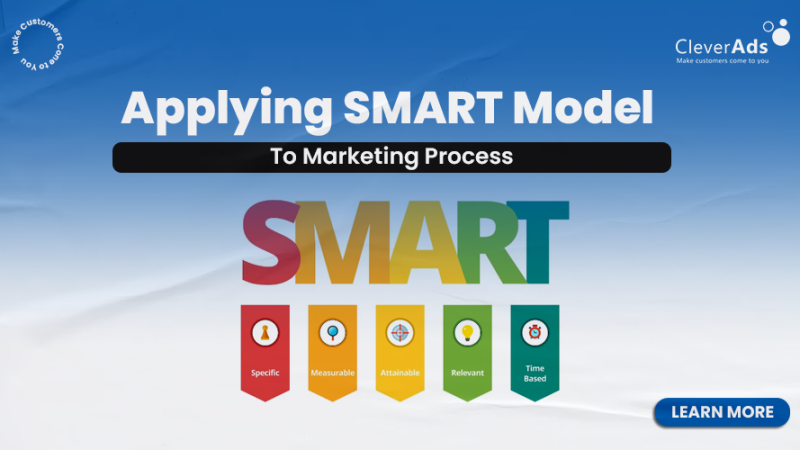How to build a marketing communication plan to attract customers

It is undeniable that connecting, interacting with the target audience, and making them feel attracted are among the best ways to spread the brand image. Developing an effective and skillful marketing communication plan is the best way to achieve this. The following article will help you understand more about building a marketing communication plan and the points to pay attention to around this issue.
1. What is a Marketing communication plan?
Developing a marketing communication plan is a process that includes activities to identify the target audience, tools, and communication messages to solve the existing communication problems of the business and communicate effectively with target customers.
For every business, developing a marketing communication plan is essential in developing and implementing an effective marketing strategy. In addition, managers must consider choosing the right tools to fit the company’s goals, budget, and resources, thereby achieving the goals.
To make the product more popular, the company’s marketing team must research the proper communication channels for the business’s target customers. Today, many communication tactics can assist in marketing a product, expanding its reach, and increasing the success rate of a business.
Read more: Marketing terminology and what you need to know
2. The importance of building a marketing communication plan
Creating a marketing communication plan is important in optimizing brand awareness, finding potential customers, and improving the company’s sales. This tool is used by businesses of all sizes, from large to small, from multinational corporations to local companies, to promote their products and services.
Not only that, but building an effective marketing communication plan also supports businesses in conveying products, services, and ideas from manufacturers to customers as well as maintaining and developing relationships with customers: customers, potential customers, and other stakeholders.

Overall, building a good marketing communication plan will:
- Build brand trust
- Reach the right target audience
- Achieve effective ROI
3. What is a complete marketing communication plan?
The main content in a marketing communication plan includes:
- Summary of the media context and issues, including the following elements:
Internal (marketing goals, positioning strategy, brand)
External (a competitive situation, environment, etc.)
- Key strategic directions such as communication goals, insights, big ideas, cross-cutting messages, and key media
- Creative strategy (message)
- Media strategy (touch points)
- Detailed action plan: KPI, budget

A good marketing communication plan can help a business in internal as well as external processes, such as:
- Come up with new ideas
- Introduce a marketing campaign for a new product
- Provide necessary information to stakeholders
- Reacting to government changes
4. Steps to build a marketing communication plan
#Step 1: Analyze the situation
Situation analysis helps assess the ability and health of the business as well as predict future situations. This is an ideal way to find out the current state of your business. Therefore, administrators must collect as much information as possible from evaluation activities.
Enterprises can consult department heads, project managers, or other internal employees to gather relevant information from a situation analysis. In addition, businesses must consider internal and external environmental factors when analyzing the situation. You can use models such as:”
SWOT model
Businesses can use the SWOT model to look at the strengths and weaknesses of their organization as well as the opportunities and threats the company needs to face in the external environment.
Read more: What is SWOT? General examples of SWOT analysis
Model PEST
With analysis by the PEST model, businesses can assess the influence of political, environmental, social, and technological factors on their business activities.”
Perceptual map
This is considered one of the most effective competitor analysis models, helping businesses understand how customers feel about competitors’ brands compared to the company’s brand.”
#Step 2: Define your goal
Once the company has determined its current position, the business can decide on the direction from which to have specific goals for the future.
The goal of the marketing communication plan also needs to adhere to the SMART principle:

- S – Specific: Specific, easy to understand
- M – Measurable: Measurable
- A – Attainable: Attainable
- R – Relevant: Reality
- T – Time-Bound: Time to complete
#Step 3: Understand and define your target customer profile
Do enterprises need to determine who this marketing communication plan is aimed at? Understanding the target audience and their needs, characteristics, etc., is the key to crafting a compelling message and delivering it successfully.
The target audience can be employees in the business or potential future customers. However, no matter who the audience is, companies must also collect the necessary information in a specific way and identify their customers.
These portraits include information such as age, gender, and challenges they face. Understanding the target audience will help businesses create messages and choose suitable media.
#Step 4: Choose the suitable media
Businesses will find that their needs and interests are very diverse when researching their target audience. Therefore, reaching some target audience through a single media or capturing their attention with just one type of content will only be possible.
Therefore, it is necessary to consider all media and select the most effective channels to reach the target audience. Furthermore, make sure the chosen channels are suitable for different audience segments.”
#Step 5: Make a detailed timeline for the plan
When do you want your message to be broadcast to the public, and how often is it appropriate? It is necessary to have a specific schedule for the content release strategy so as not to disturb the target audience and easily impress them.
Read more: What is marketing strategy? Definition and how to create one
#Step 6: Check, control, and evaluate the implementation of the plan
Continuous monitoring and evaluation of results will help businesses see if they are closer to achieving their goals. If there is a section that is not completed or successful, mark it as a note so that you can improve the process in future plans.
5. Points to keep in mind when building a marketing communication plan
When developing a marketing communication plan, businesses must clearly and concisely provide the necessary information so that all relevant people can grasp and follow it, thereby ensuring the progress and budget scope of the plan. However, businesses should also note a few points as follows:
A clear and specific division of work
Overlapping work assignments can lead to confusion between roles and delays in planning implementation. Therefore, enterprises need to ensure that all members involved in the plan are assigned the right and specific tasks by their capabilities, right from developing a marketing communication plan.

Set clear goals
To develop an effective communication plan, businesses must clearly define why the plan was created and what expectations will be achieved after the project ends. Then, follow the SMART rule to describe your goals accurately.
Build a backup plan
Even the best plans can fail. So, if businesses want to build a perfect communication plan and steer it in the right direction, they need an alternative plan B. This plan will include a risk management strategy in the communication plan to overcome unexpected obstacles and difficulties.
Identifies and adheres to the selected communication message
Identifying communication messages with implementation methods and communication goals will make it easier for the target audience to follow and remember your campaign. In addition, at that time, the brand image will be spread vigorously and attract the attention of many public.
EPILOGUE
A successful marketing communication plan will help your message get across to the public effectively while ensuring the company is on track to accomplish its business goals.




